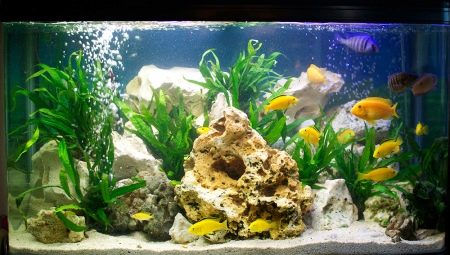Infrequently, there are home aquariums, which, in addition to fish, contain other inhabitants of the vast expanses of water. Although this is not an out of the ordinary event, such an aquarium immediately becomes an object of general attention. Everyone is interested in looking at some living specimens of the underwater world, which many saw only in photographs. Let's talk in this article about what unusual aquarium animals can live in home aquariums, as well as what they need to keep.
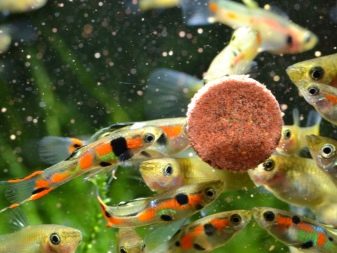
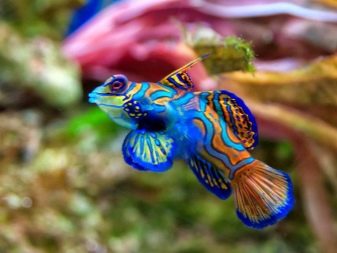
Popular views
Probably worth the first place in the list of the most popular unusual aquarium inhabitants snails. They can most often be seen in the home of amateur aquarists who have not yet gained much experience in their field. Snails give a mini-reservoir of naturalness, as well as clean it of various debris, mucus, food residues, dead inhabitants. In other words - their benefits are substantial. But they can also cause considerable harm, for example, eating the vegetation of a domestic pond.
Among the aquarium snails, one can name their species: the beauty of ampullaria, fiza, tropical neretina, nocturnal melting activity, and many others.

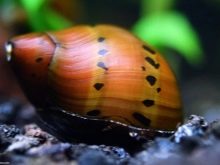
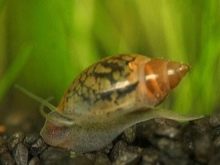
Most types of snails do not need any unusual methods of keeping. They have only one requirement - to temperature and purity of water. But each snail has its own survival parameters, often with overlapping values. So it is quite possible to pick up cohabitation of snails of different species. At the same time, it is better not to put predatory and herbivores in one place. It happens that when the aquarium is heavily populated by herbivorous snails, predatory snails called helens are launched to them, which bring the ecosystem of the mini-pool back to normal.
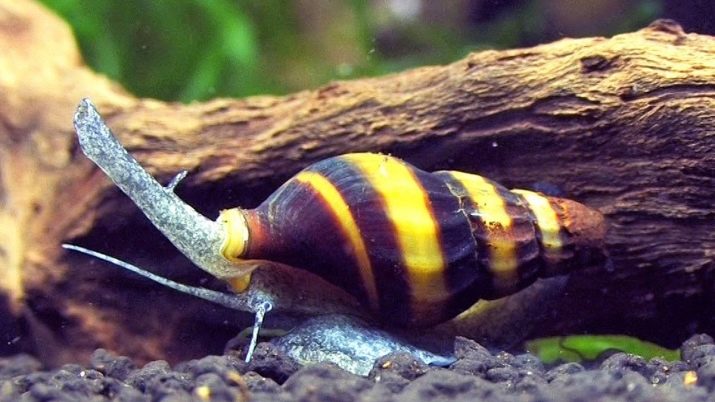
Crabs also become frequent inhabitants of aquariums, as some species of them get along pretty well with fish. But for them you need to purchase a separate feed and build stone apartments. Besides, crabs literally gutted soil and undermine vegetation.
This should be considered when choosing flora for your aquatic nursery. Do not forget that crabs are the champions of shoots, so the aquarium should be tightly closed.
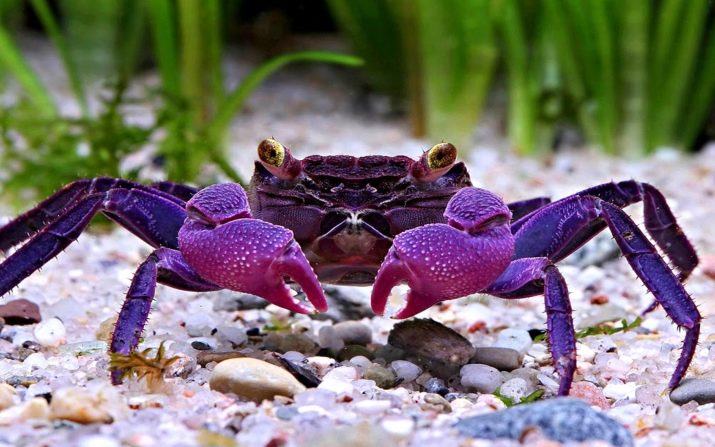
Dwarf orange cancer - Another arthropod resident of aquariums, who fell in love with his peacefulness to other inhabitants of the underwater kingdom and does not cause any harm to its flora. There are no special problems with the content, except for a rather spacious living space - a tank volume of at least 70 liters is required per individual. And since this is a small arthropod creature, the size of which does not exceed 5 cm, eats almost everything, then there will be no problems with feeding.
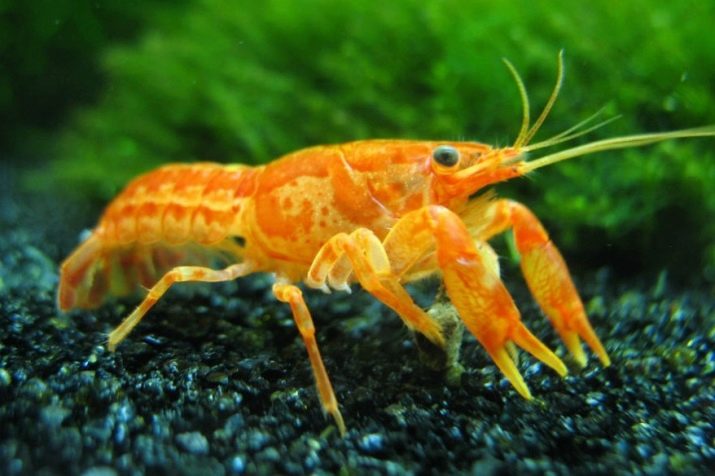
Newts ordinary decorate any underwater space with their presence. These creatures have an unusual color, which in females during the mating season becomes even brighter, and in males a very noticeable crest on the back stands out. There are some other types of newts, for example, needle, comb, each of which is interesting in its own way, but they love everything worms, tadpoles and insects.
There is one caveat in their content: for newts you need a separate house, which is called the aquaterrarium. Water lizards periodically need to go on land.
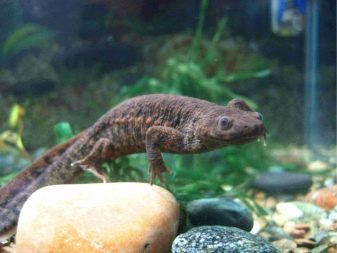
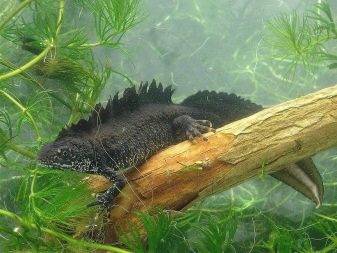
Some fish species and other aquarium inhabitants can become neighbors frogs. But, of course, not those ordinary creatures from a pond nearby, but more attractive individuals whose homeland are exotic overseas countries. For example, Spur frogs from Africa are very popular among aquarists. They even attracted novice lovers to create an underwater world at home. Such individuals do not require land access, like many other amphibians, and have an original appearance.

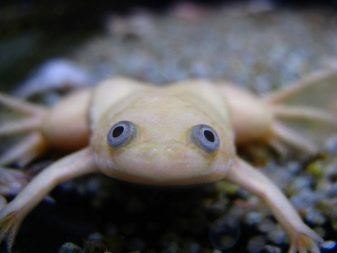
They got their name by one peculiarity - on three fingers of the hind legs of this frog there are sharp claws, which is why these creatures were called Shportsovye.
Such frogs are predators, therefore, it is undesirable to keep them in the same aquarium with small species of fish. It is better for them to allocate a separate tank in which you can place a group of such frogs, consisting of several females and one male (animals do not like competition). Frogs like to feast on the delicate leaves of aquatic vegetation, as well as delve into the ground. We need a weekly cleaning of the frog aquarium with the exchange of 1/5 of the water. Water temperature should be at the level of 21-25 degrees.
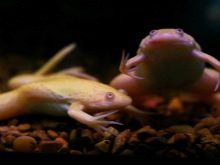
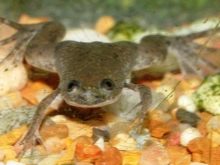
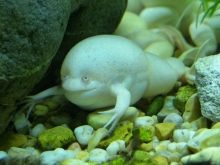
Rare inhabitants
Among the very unusual inhabitants for home aquariums, we can name the next rare guest. Octopus - this creature with numerous tentacles can indeed be considered the most outlandish inhabitant of a home aquarium. The unusual interest in this deep-sea creature can also be explained by the mysterious stories, legends and myths associated with it, which cannot be counted in scientific and fiction, cinema and other sources.
It is only a pity that these magnificent representatives of marine cephalopods live in the conditions of domestic life for a short century - only 1 to 3 years at best.
That is why in some states it is forbidden to keep octopuses in home aquariums, except for those that were born in captivity.

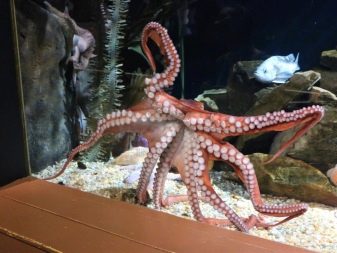
The maintenance of this inhabitant of the deep water is very expensive, because:
- the octopus itself costs a lot of money;
- he needs a huge aquarium with a volume of at least 0.3 cubic meters;
- for such an aquarium you need a powerful filter;
- eats only expensive live food: shrimp, shellfish, crab and other seafood;
- he has an excellent appetite.
Most often purchased for home maintenance California two-spotted and Atlantic dwarf octopus.
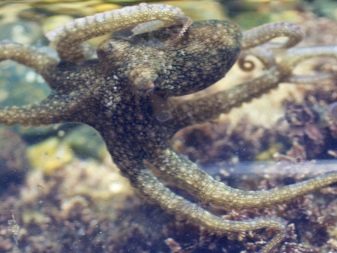
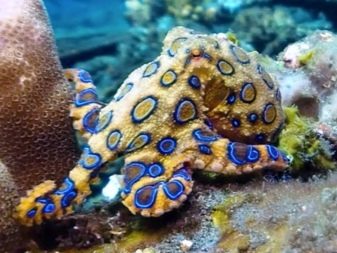
The first of them also refers to the dwarf species of this mollusk.
You can also make a small list of extraordinary inhabitants of aquariums, a meeting with which your friends and acquaintances can be considered a great success.
- Rainbow crab. This, it seems, the most unusual animal among all arthropods is called differently everywhere: indigo, tricolor, patriot, land crab. He hails from the west coast of Africa, where he huddles in holes and among stones. His carapace is painted blue, his legs are orange, his belly is white with streaks of bluish color. In captivity, crabs live from 7 to 10 years, eat meat, various fruits and vegetables. To maintain them, you need an aquarium of strict sizes (60x45x45) and good water that needs to be slightly salted.
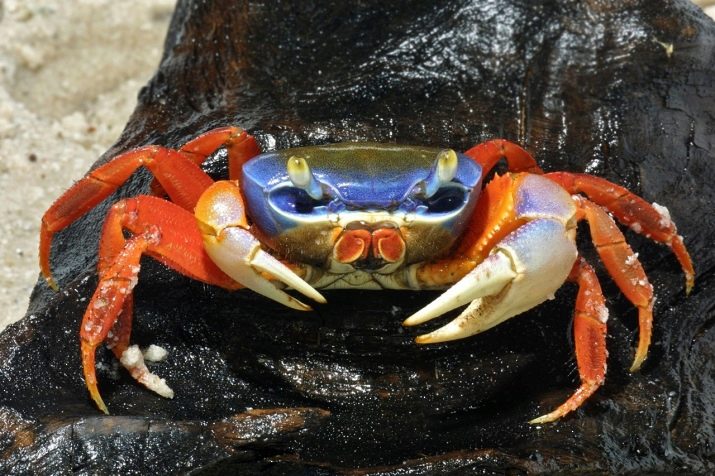
- Shrimp Amano. The freshwater appearance of small shrimp (4-5 cm), attracting aquarists with their bright appearance and mobility. They get along well in aquariums with small species of fish that are smaller in size and are not aggressive.
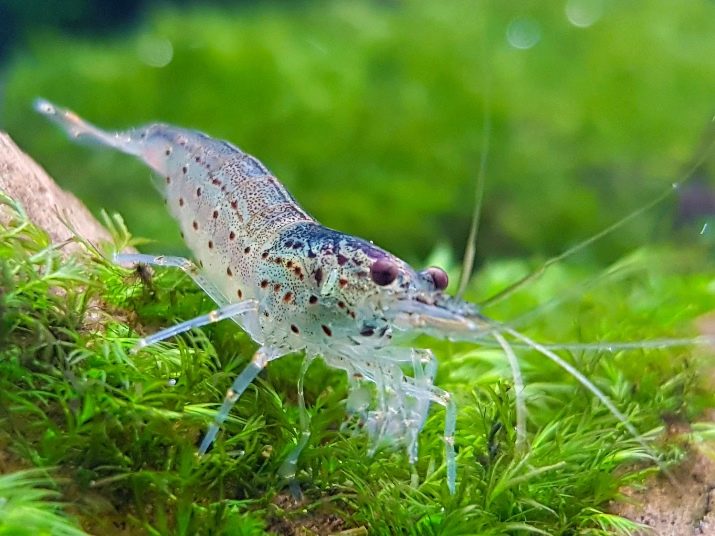
- Trionics. This creature is a Chinese soft-bodied turtle that has an unusual shell, devoid of the usual horn shields. The carapace of these turtles is covered with a kind of “cloak” of ordinary skin cells. But then she has strong and fast legs, equipped with claws, as well as sharp tooth strips. Unlike other turtles, Trionics moves quite briskly. For comfortable maintenance, this turtle with sizes from 20 to 35 cm needs an aquarium of at least 250 liters.
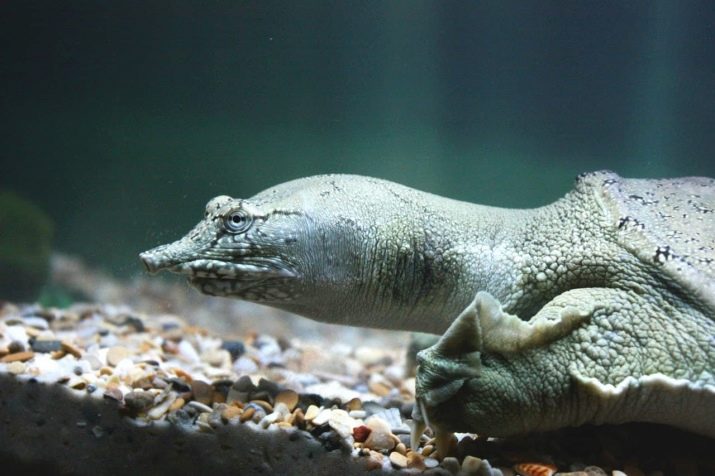
Selection tips
The problem of choosing exotic, rare and unusual inhabitants of home aquariums arises due to the fact that there is no one to consult with - professionals in this matter can be counted on the fingers. You can only rely on the sellers - perhaps among them there is an intelligent consultant. On the other hand, who will describe their goods from the bad side. The most realistic option may be obtaining information on the Internet on forums on the topic of aquariums and keeping unusual animals in them.
In addition, you can visit the local zoo, where for sure there is a specialist in such matters.

For our part, we can recommend the following:
- Before choosing, first think about your idea from all sides: whom did you decide to have as an unusual pet, what equipment does it need for a comfortable existence, do you have the opportunity to create conditions for life, fully feed and reproduce such an individual;
- Find out what the basic rules for grooming and keeping your pet are, and consider whether you can adhere to them;
- ask the seller or from external sources about the "pitfalls" of the content and diseases of your future pet;
- watch the animal in the store for a while to find out how it behaves surrounded by other inhabitants of the aquarium or alone.
For possible aquarium inhabitants see below.
